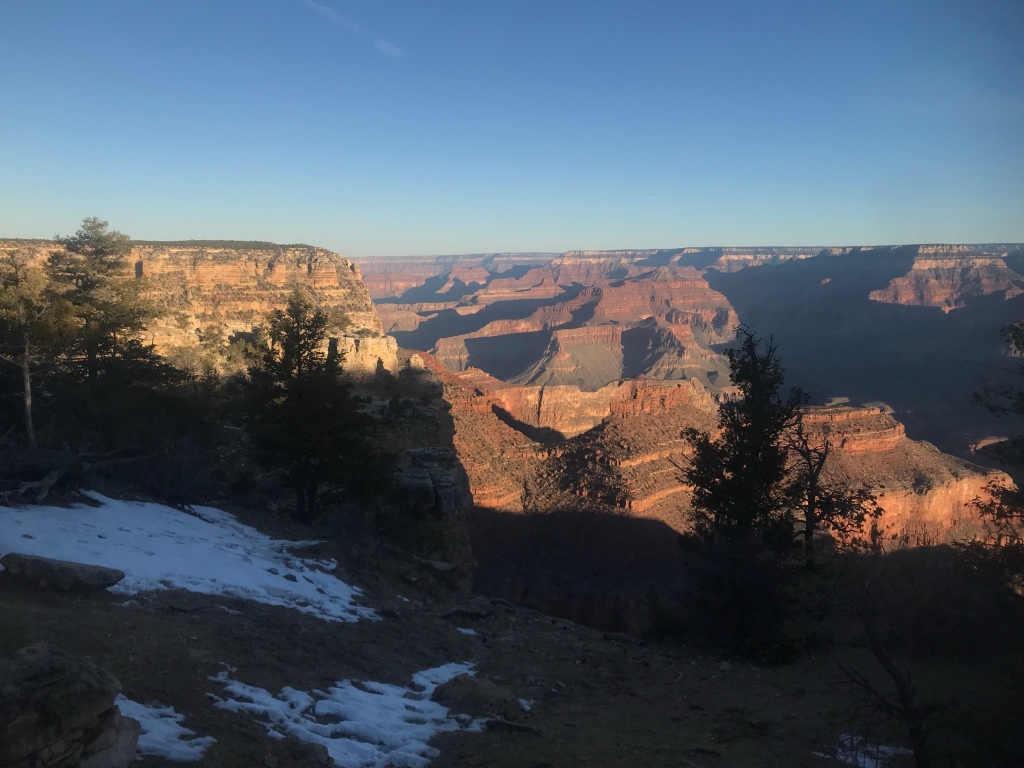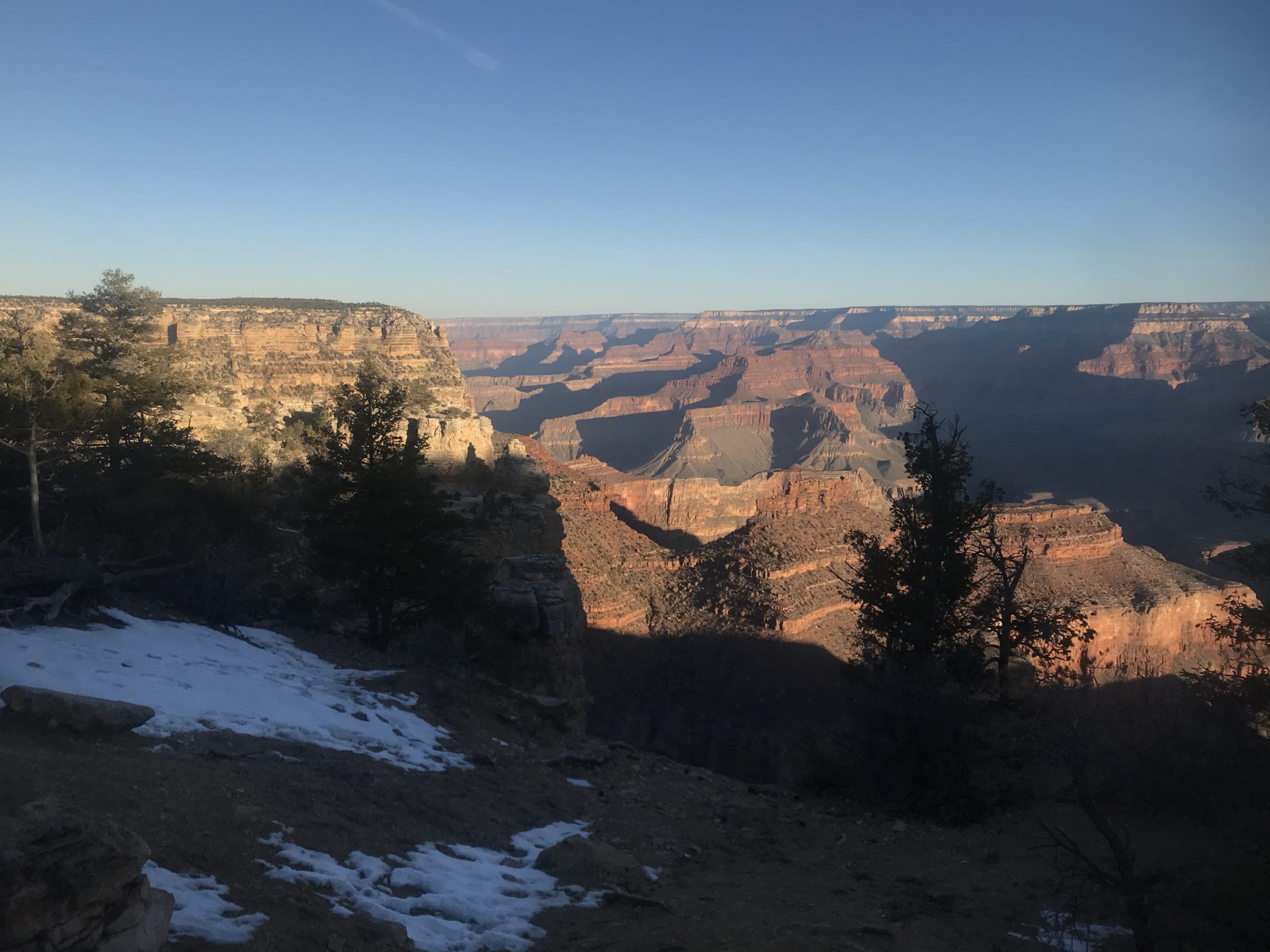
As I enter the Paria Canyon-Vermilion Cliffs Wilderness Area, I think that it’s important to take a moment to discuss the concept of wilderness.
The 1964 Wilderness Act, written in part by Bob Marshall of the Wilderness Society and signed by President Lyndon Johnson, states “a wilderness in contrast with those areas where man and his own works dominate the landscape, is hereby recognized as an area where the earth and its community of life are untrammeled by man, where man himself is a visitor who does not remain.“ Signed on September 3rd, 1964, it gave Congress the authority to create wilderness areas within public lands. Within these Wilderness Areas, things that are associated with manmade civilization – such as mechanized transportation, developed campgrounds, etc. – are prohibited and the area is allowed to remain in as natural a state as possible.
Currently, 757 areas encompassing 109.5 million acres in 44 states and Puerto Rico make up the National Wilderness Preservation System. (That may sound like a lot but it’s actually only about 5% of the total land area of the country.) 56% of national park land is designated wilderness; 18% of US Forest Service land; 22% of Fish and Wildlife Service land; and 2% of Bureau of Land Management land, including Paria Canyon-Vermilion Cliffs Wilderness.
How Does Wilderness Compare to National Parks or Other Public Land Designations?
I often get asked, what is the difference between wilderness and a national park, for example? Some assume that since wilderness areas can be managed by agencies other than the Park Service, it is a lesser degree of protection, since those agencies have multipurpose missions, unlike the Park Service, which is charged with providing access to but always putting the resource first.
In reality, in many ways, a wilderness area is an even higher designation of protection than a park. Parks have developed visitor services areas, for example, or tour roads to allow access to them – “for the benefit and enjoyment of the people,” as the Yellowstone Act of 1872 famously stated. Wilderness areas have no such services, whether they are managed by the US Forest Service, the National Park Service, the Fish and Wildlife Service, or the Bureau of Land Management.
They may, though, be affected more by land management policies on the areas surrounding them when they are managed by one agency than another. For example, it’s not recommended to drink even filtered water from the Paría River most of the time because it flows off lands to the north in Utah that are open to grazing by livestock. That wouldn’t generally happen if the river was flowing off national park land. (There are a few exceptions but generally speaking grazing stock is prohibited in national parks.)

Visiting Wilderness Areas
Visiting a wilderness area can be an incredible experience. Relatively few people venture into them due to the lack of services. This can mean incredible opportunities for solitude and introspection. It can mean incredible views and a much deeper connection to the resource.
Yet, the privilege also comes with great responsibility. It’s essential to practice Leave No Trace principles in such areas, as they are often particularly fragile and people’s experiences more easily impacted than they are in urban or more conventional public land settings due to the different expectations they have for the experience. And often oversights are much harder to correct in wilderness areas.
For those who don’t know, the 7 principles of LNT outdoor ethics are:
1. Plan ahead and prepare
2. Travel and camp on durable surfaces. Many soils in the Southwest are cryptobiotic, for example, and walking across them off trail can kill them. Off trail travel also promotes erosion of the natural landscape.
3. Dispose of waste properly
4. Leave what you find – “take only pictures, leave only footprints.”
5. Minimize campfire impacts
6. Respect wildlife
7. Be considerate of other visitors
These are all important in any outdoors setting, of course, but are particularly so in wilderness.
In wrapping up here, I’m curious, for those who have spent time in a wilderness area, or thought about doing so – what does the concept of wilderness mean to you? What was your experience in such an area? Which did you choose and why? How was it similar to or different from your expectations? And what was one thing you did to leave it better for those who came to visit after you?
Day 7 on the AZT, and day 14 since departing Lee’s Ferry and crossing through Utah to get to this point. To read about my prior day and learn how I got here, check out this entry:

5 thoughts on “Wilderness: What is It’s Beautiful, Spectacular Meaning to You?”